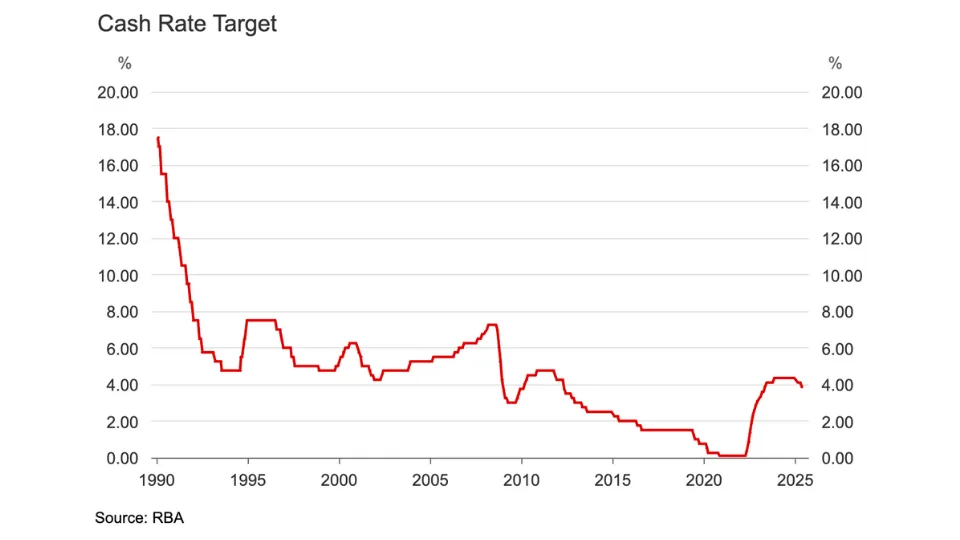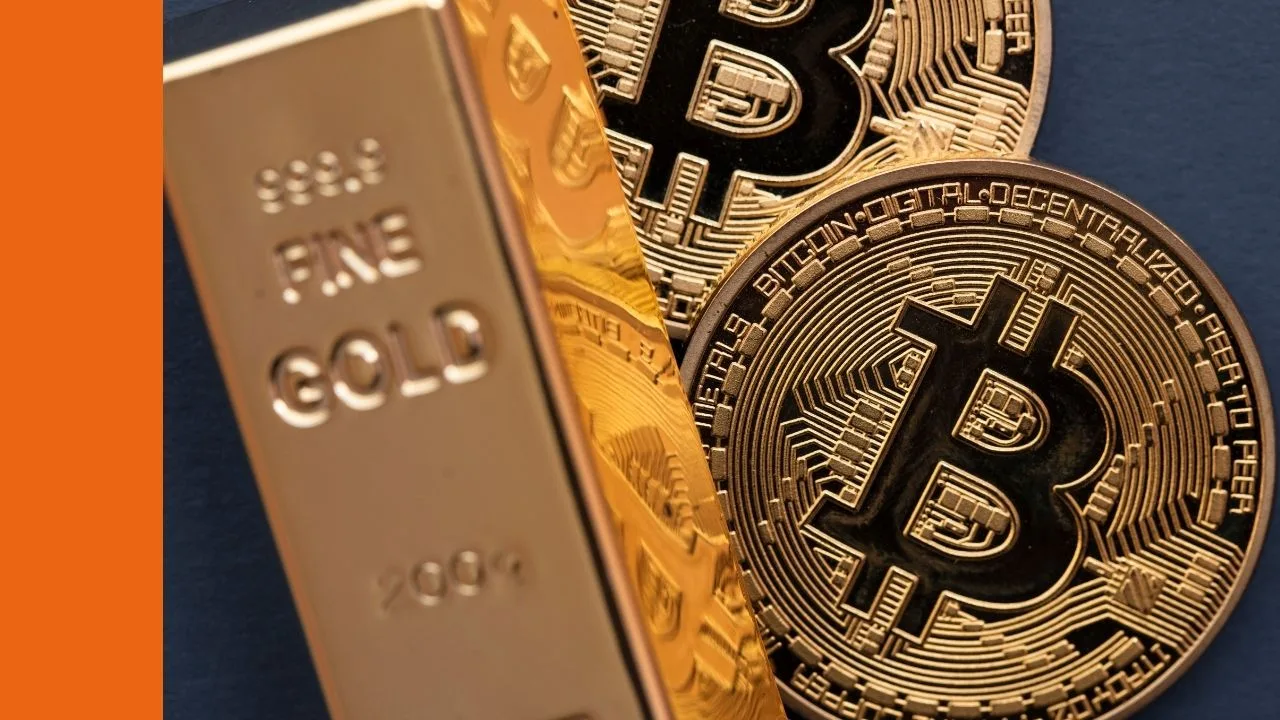The gold price and Bitcoin (BTC) price are taking flight.
The so-called ‘debasement trade’ is fast becoming 2025’s defining theme, as investors pile into hard assets amid a weakening dollar and record levels of government debt.
Both gold and Bitcoin have continued their relentless climb this month. The Bitcoin price recently passed US$125,000 (around $190,000), while gold is hovering near US$4,000 an ounce, marking fresh all-time highs for both.
At the heart of this rally is a single idea: that money itself is losing value.
What the ‘debasement trade’ means
“Debasement” refers to the slow erosion of purchasing power that happens when central banks expand the money supply faster than economic output grows.
In past centuries, it meant literally mixing base metals into gold coins. Today, it takes the form of deficit spending, quantitative easing, and high levels of government debt.
When investors talk about the debasement trade, they’re talking about buying scarce, real assets — such as gold, silver, or Bitcoin — as protection against a long-term decline in the value of paper money.
A modern response to old problems
The trend gained momentum in late 2024 and has accelerated through 2025 as fiscal pressures mounted. The US dollar has weakened roughly 10% this year, and real yields (bond returns adjusted for inflation) have fallen back into negative territory.
That combination has fuelled demand for so-called store-of-value assets. According to JPMorgan analysts, Bitcoin could still be undervalued by as much as 40% compared to gold on a volatility-adjusted basis, implying theoretical upside beyond US$160,000 if current conditions persist.
Meanwhile, global gold demand remains underpinned by both institutional and retail investors. The approval of several spot Bitcoin ETFs earlier this year added further fuel, drawing in a broader investor base that once shied away from cryptocurrency custody issues.
Why gold still shines
Gold’s appeal lies in its simplicity.
It has no counterparty risk, no default probability, and no dependence on policy promises. Billionaire investor Ray Dalio, founder of Bridgewater Associates, recently described today’s environment as “very much like the early 1970s” — a period marked by inflation, rising debt, and the breakdown of the Bretton Woods monetary system.
Dalio suggests that traditional portfolios may be too light on real assets. In his view, holding around 15% in gold may provide better protection in a world where both bonds and cash are losing their role as reliable stores of wealth.
Bitcoin’s expanding role
While gold has millennia of history behind it, Bitcoin’s growing legitimacy has made it the digital counterpart to physical bullion.
The cryptocurrency’s finite supply (capped at 21 million coins) and decentralised design give it scarcity properties similar to gold, but with the added advantages of portability and transparency.
In recent months, large asset managers and advisors have begun allocating small percentages of portfolios to Bitcoin. The shift reflects a broader rethink of diversification: when every major currency is being devalued, diversification means owning something that can’t be printed.
Lessons from history
The surge in both assets carries echoes of past inflationary episodes, but investors should remember that these cycles can reverse quickly. Gold and Bitcoin have both experienced long drawdowns following euphoric peaks.
The lesson isn’t to chase momentum, but to understand why these assets matter. They act as ballast when trust in paper money wavers, but they remain volatile on their own.
For everyday investors, direct ownership isn’t the only path.
- Gold ETFs and shares in gold miners offer exposure without the storage hassle or finding a solitary winner amongst many price takers.
- Bitcoin ETFs now provide on-market access to digital assets via a more diversified approach. However, it should be acknowledged that this defeats one of the theses for owning Bitcoin itself.
Both can be useful as part of a diversified portfolio, but the key is personal understanding and individual preference. These are hedges, not replacements for productive investments such as quality companies that grow earnings over time.
My perspective
The “debasement trade” is less about short-term speculation and more about long-term preservation. In an era of record debt, persistent inflation, and fiscal deficits, investors are looking to assets that can hold their value when trust in money itself comes into question.
As Dalio and others remind us, cycles of confidence and debasement have repeated throughout history. The winners are rarely those who react to headlines but those who quietly build portfolios that can endure whatever comes next.










